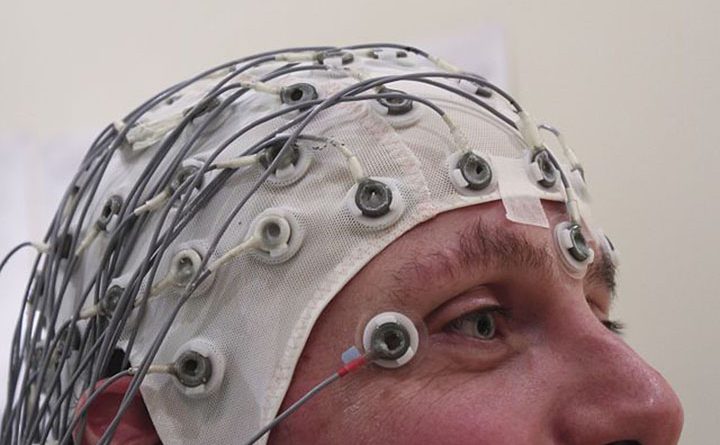Roughly 65 million people across the globe suffer from epilepsy, a chronic condition in which seizures are a part of daily life. Appallingly little is understood about the brain and why seizures happen, and as of now, there is no definitive cure for epilepsy. However, there are medications and other treatments that can help patients manage their symptoms to a certain degree.
If you have a loved one with epilepsy, it’s important you know what to do when a seizure occurs. Here is a look at some tips for keeping them safe and comfortable during the ordeal.
What is a seizure?
A seizure occurs when one neuron in the brain begins to experience abnormal electrical activity, which then spreads to other, nearby neurons. The worst seizures occur when both hemispheres of the brain get involved. There are more than 10 different kinds of seizures, and they may not look the same for any one person—they can involve anything from staring off into space and having no concept of what’s occurring to a complete blackout and episode of shaking.
What can you do?
Generally, not much can be done once a seizure begins. They aren’t just scary for the person having them—it’s terrifying to watch as well. But most people with epilepsy are used to dealing with seizures. If you know someone with epilepsy, take the time to ask them what the best way to help them is if they’re having one. However, there are some general tips for helping a person cope with a seizure.
- Talk to them using a gentle and reassuring tone. Let them know they’re safe, tell them who you are, where they are, and what’s going on. You may have to do it several times, as it can be hard to keep track of all that information while they are fighting their own brain. Remind them to breathe, and remind them of what they have to come back to.
- If possible, get them somewhere safe. Don’t push them around or try to force them to do things, as that can make them more stressed out and resistant, but gently coax them to an area away from a lot of people and anything dangerous. Dim the lights, as lights are a major trigger for seizures.
- Once the actual seizure starts, get them as close to a soft surface as you can. You might be able to get them into a bed, but you might have to settle for stuffing a jacket under their head. Try and get anything sharp or hard that they might hurt themselves or smack their face on as far away as you can, but realize there will be a lot of movement.
- Most people don’t like to be touched during a seizure because the sensation is too overwhelming. However, you do need to keep them rolled onto their side if you can. They may bleed (especially from the nose) or vomit; being on the side helps keep the airways clear.
- If they aren’t conscious enough to talk to you, under no circumstances should you give them any food or water. Chances are good they might choke on that too. In rare occasions, a small sip of something sugary can be good if their blood sugar plays a role in triggering their seizures, but be very careful and make sure they understand what they’re doing.
- Don’t put anything in their mouths—no wooden spoons, sticks, or anything else. It’s a common misconception that this keeps them from biting their tongues, but in fact, it can break teeth and be choking hazard.
- Give them some space when they wake up. Considering that they probably won’t have much of an idea about what’s been happening, waking up to someone’s face two inches from their own can be pretty frightening and stressful.
If it’s someone who has been dealing with seizures for a long time, they probably won’t appreciate a hospital bill, and there’s usually no need to call 911. However, if the seizing part of the seizure is still going on after about eight to ten minutes, it may be time to get medical care. If it’s someone who has never had a seizure before in their life, you almost certainly need to get them to a hospital, even if the seizure has stopped by the time you get there.
Featured Image: wikipedia/




